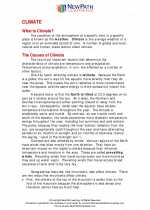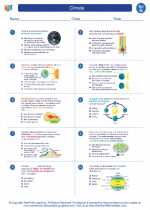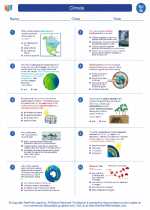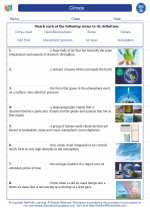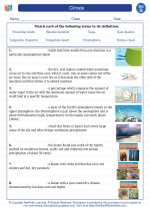Anemometer: Understanding Wind Measurement
Introduction to Anemometer
An anemometer is a scientific instrument used to measure the speed and direction of the wind. It is a crucial tool in meteorology and environmental science, providing valuable data on wind patterns and speeds.
Types of Anemometers
There are several types of anemometers, including:
- Cup Anemometer: This type of anemometer consists of three or four cups that capture the wind's force, causing the cups to rotate. The speed of rotation is then used to calculate wind speed.
- Vane Anemometer: Vane anemometers use a wind vane to determine wind direction and a rotating cup mechanism to measure wind speed.
- Sonic Anemometer: This advanced type of anemometer uses ultrasonic sound waves to measure wind speed and direction.
How Anemometers Work
Anemometers work by utilizing various physical principles to measure wind speed and direction. Cup anemometers measure wind speed based on the rotation of the cups, while vane anemometers use the position of a wind vane to determine wind direction. Sonic anemometers employ ultrasonic technology to calculate wind speed and direction based on the time it takes for sound waves to travel between sensors.
Applications of Anemometers
Anemometers are used in a wide range of fields, including meteorology, environmental science, and engineering. They are essential for weather forecasting, climate studies, building design, and renewable energy projects such as wind farms.
Understanding Anemometer Readings
Anemometer readings provide valuable information about wind speed and direction. Wind speed is typically measured in units such as meters per second (m/s), kilometers per hour (km/h), or miles per hour (mph), while wind direction is often indicated in degrees relative to true north.
Conclusion
Anemometers play a critical role in understanding and analyzing wind patterns, making them indispensable tools for various scientific and practical applications.
